1. Waited for Sales and Planned Every Purchase

Impulse buying was rare. Grandparents were patient shoppers who waited for sales and carefully planned their purchases. They understood the value of money and made thoughtful decisions to avoid wasteful spending. This habit helped stretch limited budgets and ensured that every purchase had a purpose. Planning also meant avoiding clutter and unnecessary items. It’s a practice that encourages mindfulness about consumption and financial health. In today’s world of constant advertising and instant gratification, this old-school patience offers a powerful lesson in self-control and smart money management.
2. Grew Food with Their Own Hands
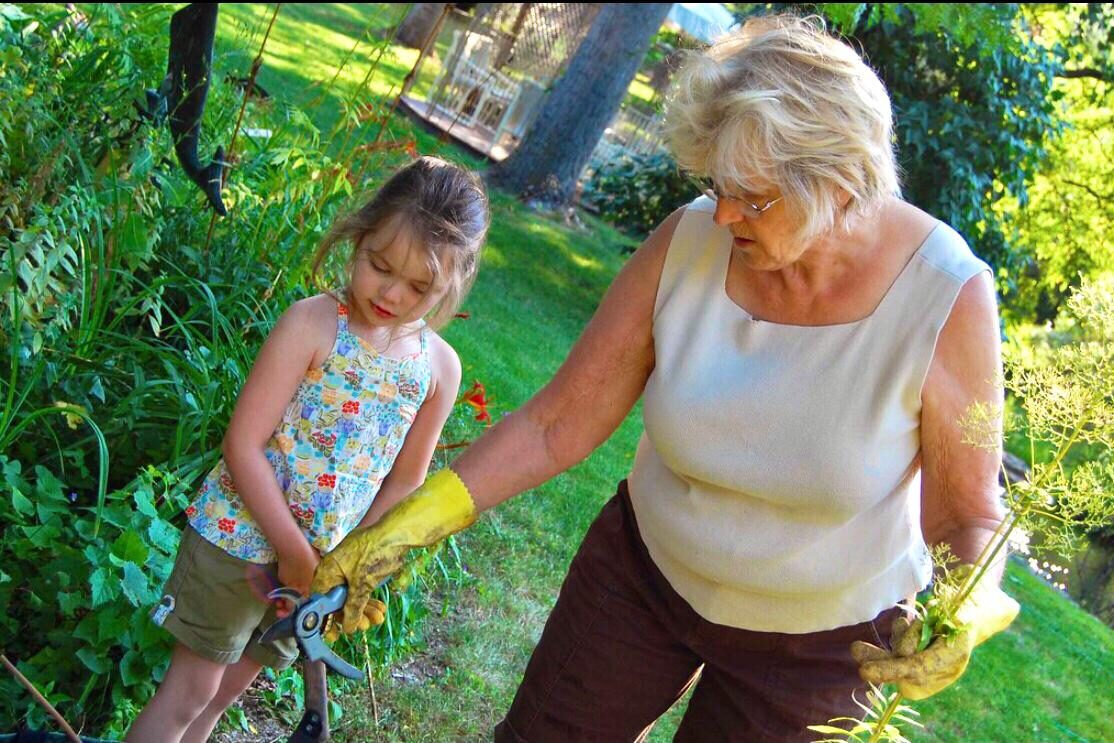
Many grandparents tended gardens where they grew tomatoes, herbs, and vegetables. Homegrown produce was more than just food; it was a source of pride and connection to the earth. A tomato picked fresh from the garden held more meaning than one bought at the store. Gardening also meant healthier eating and savings on grocery bills. It encouraged seasonal eating and understanding of where food comes from. This habit nurtured patience, care, and a sustainable lifestyle that modern urban dwellers can still embrace with container gardens or community plots.
3. Saved Bacon Grease for Cooking

Back in the day, bacon grease was gold in the kitchen. Instead of tossing it out, grandparents saved it carefully in jars to use as cooking fat. This simple habit added rich flavor to many dishes and was a smart way to avoid buying extra oil or butter. It shows a mindset of waste not, want not, where even the smallest resources were treasured. This habit wasn’t just about saving money; it was about making the most of what you had. Bacon grease could be used for frying eggs, sautéing vegetables, or even baking, proving that creativity in the kitchen can turn leftovers into something valuable. It’s a reminder that frugality and flavor can go hand in hand.
4. Hung Laundry on a Line
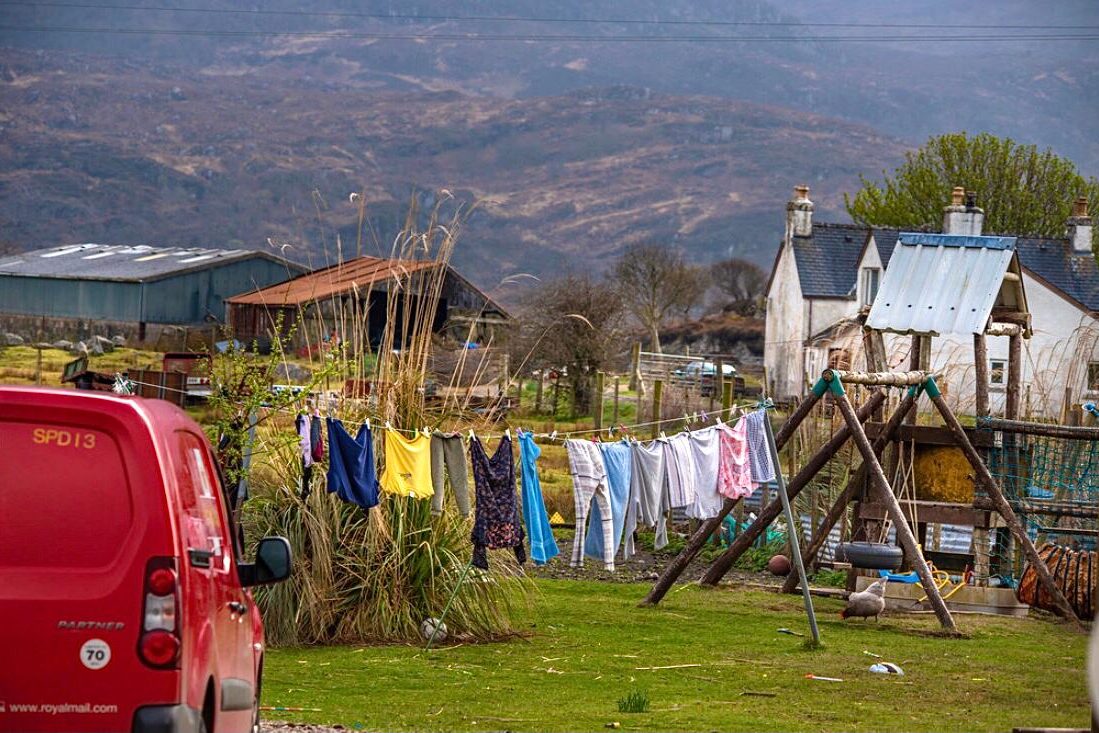
Instead of using electric dryers, grandparents often hung clothes outside on a line. This habit saved energy and money while giving clothes a fresh, sun-dried scent that no machine can replicate. The sun’s natural rays also helped disinfect and brighten fabrics. Beyond the practical savings, this habit connected people to nature’s rhythms. The slower pace of line-drying encouraged patience and appreciation for simple processes. It’s a sustainable practice that reduces electricity use and carbon footprint, something modern households can still benefit from.
5. Turned Scraps into Meals

Nothing went to waste in the kitchen. Bones were simmered into nourishing broths, and stale bread was transformed into puddings or croutons. This habit showed how resourcefulness and creativity could stretch food supplies and reduce waste. It also fostered a deep respect for food and the effort behind it. Instead of seeing scraps as garbage, they became ingredients for new meals. This approach not only saved money but also inspired cooks to experiment and innovate, making every bite count.
6. Canned Fruits and Vegetables
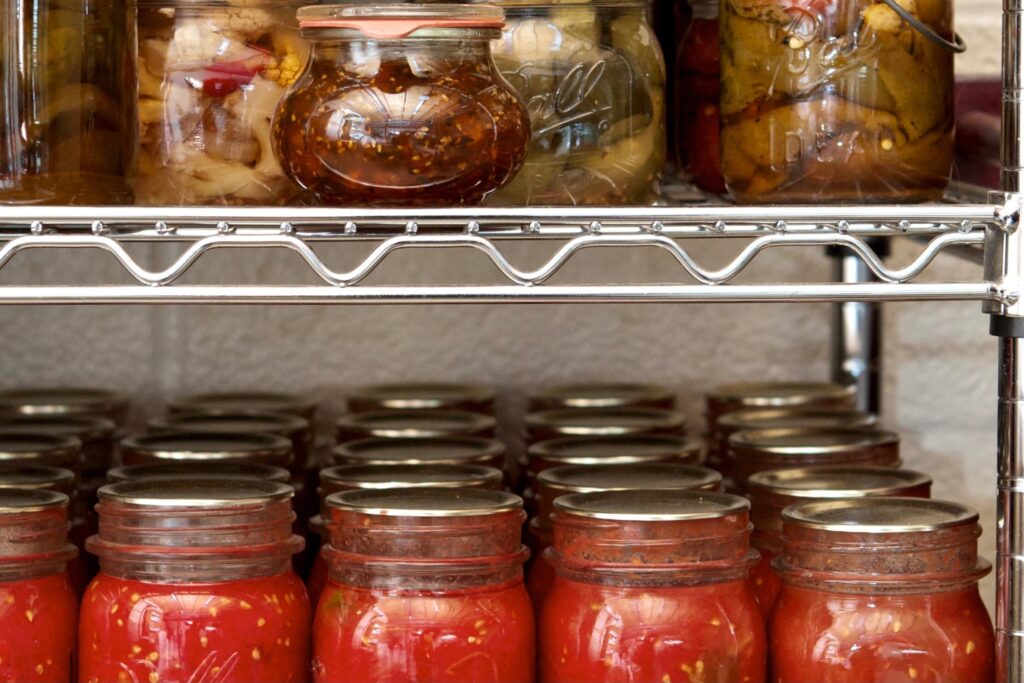
Grandparents often preserved summer’s bounty by canning fruits and vegetables at a room temperature in the basement pantry shelves. This wasn’t just about saving money but about capturing the flavors and nutrients of peak season to enjoy during colder months. Canning was a quiet act of preparation, a way to ensure the family had wholesome food year-round without relying on expensive or processed options. This habit also encouraged planning and patience. It required time and effort but rewarded families with homemade jams, pickles, and sauces that tasted far better than store-bought versions. Canning is a sustainable practice that reduces food waste and packaging, something that modern cooks are rediscovering for both health and environmental benefits.
7. Mended What Was Torn
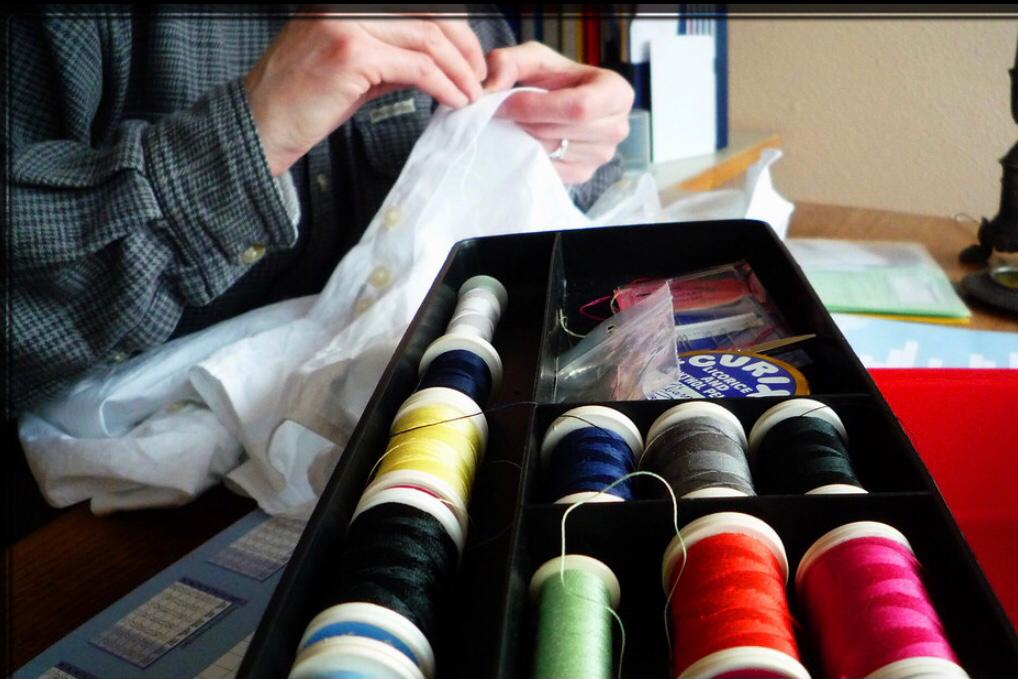
Fixing clothes was a daily practice, not an occasional chore. A stitch wasn’t just a repair; it was a statement that something was still valuable and worth keeping. Grandparents took pride in sewing patches, darning socks, or reattaching buttons, extending the life of garments instead of discarding them. This habit reflected respect for possessions and the labor that went into making them. It also saved money and reduced waste. Today, mending is gaining popularity again as a way to slow fashion’s cycle and embrace sustainability. It reminds us that a little care can keep things useful and cherished for much longer.
8. Cleaned with Basics Like Vinegar and Baking Soda

Instead of buying countless specialized cleaning products, grandparents relied on simple, natural ingredients like vinegar and baking soda. These basics were effective, affordable, and safe for the home and environment. Vinegar could disinfect and deodorize, while baking soda scrubbed away grime without harsh chemicals. This habit shows how minimalism and resourcefulness can go hand in hand. It avoided unnecessary packaging and toxins, promoting a healthier living space. Many people today are returning to these natural cleaners for their simplicity and efficiency, proving these old-school habits still hold great value.
9. Walked Instead of Driving
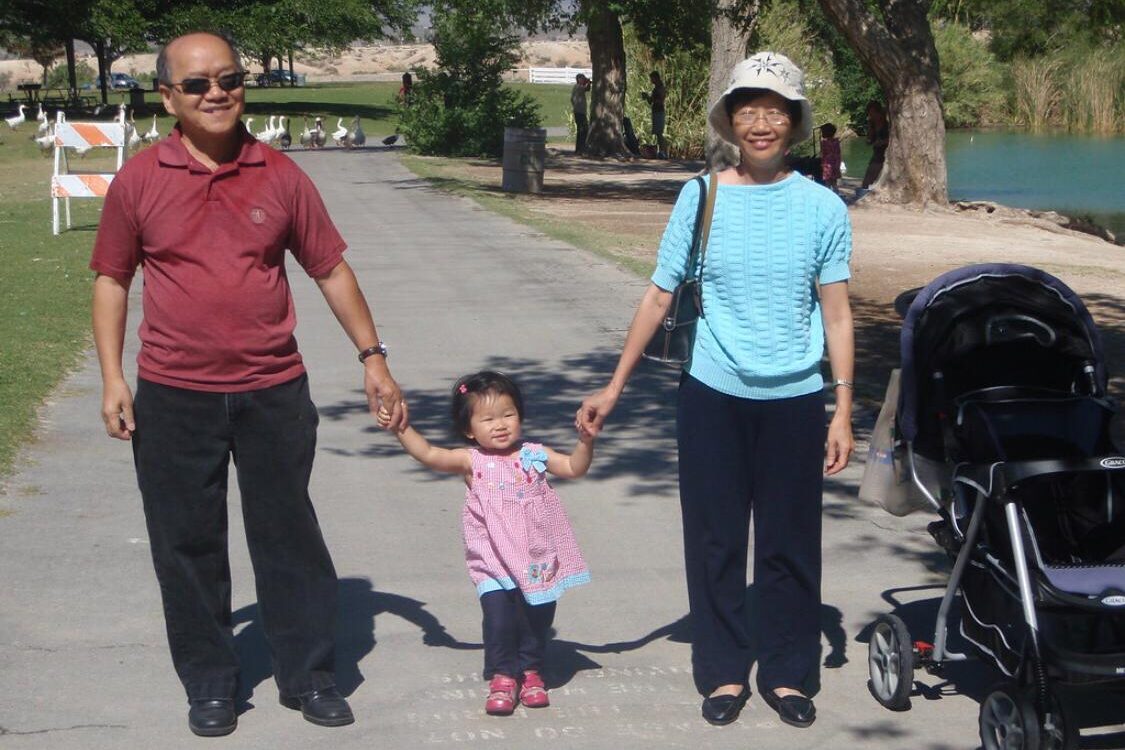
Walking was often the default mode of transport, whether out of choice or necessity. This slower pace allowed grandparents to connect with their surroundings, neighbors, and their own thoughts. It was good for health and saved money on fuel and vehicle upkeep. Walking also reflected a lifestyle less dependent on convenience and more on presence. It encouraged mindfulness and community interaction. In today’s fast-paced world, choosing to walk more can improve both physical well-being and mental clarity, echoing a timeless habit that still matters.
10. Shopped Secondhand and Took Care of What They Bought

Grandparents often shopped at thrift stores, flea markets, or swapped items with friends and family. Buying secondhand wasn’t about stigma but about practicality and sustainability. They understood that many items still had life left in them and could be enjoyed without paying full price. Taking care of possessions was just as important. Clothes were mended, shoes were polished, and furniture was repaired rather than replaced. This habit taught respect for belongings and reduced waste. Today, with growing awareness of environmental impact, secondhand shopping is celebrated as both economical and eco-friendly.
11. Kept Every Jar, Bag, and Button

It might seem odd now, but grandparents saved jars, bags, and buttons because you never knew when they might come in handy. A glass jar could store leftovers, hold homemade jams, or organize small household items. Buttons were kept for replacing lost ones on clothes, and bags were reused for shopping or storage. This habit reflects a mindset of resourcefulness and preparedness. Instead of buying new containers or accessories, they made the most of what was already available. It’s a lesson in valuing everyday items and reducing unnecessary consumption, something that can inspire us to be more mindful about waste.
12. Shared Tools and Favors with Neighbors

Community was a big part of life, and sharing was natural. If someone needed a shovel or a ladder, they’d borrow it from a neighbor rather than buying their own. Favors and help were exchanged freely, creating bonds and saving money for everyone involved. This habit fostered trust and cooperation, turning neighbors into extended family. It also reduced clutter and expenses by avoiding duplicate purchases. In today’s often isolated world, reviving this spirit of sharing can build stronger communities and bring back a sense of belonging.
13. Washed and Reused Foil and Bags

Rather than tossing aluminum foil or plastic bags after one use, grandparents washed and reused them whenever possible. This small habit helped stretch supplies and reduce waste. It showed a mindset of enough, not more, where careful use was preferred over convenience. Reusing these items also saved money and lessened environmental impact. It’s a simple step that encourages thinking twice before discarding something. Today, with growing concerns about plastic pollution, this habit is a gentle reminder that small actions add up to big differences.
14. Cooked from Scratch

Grandparents often prepared meals entirely from raw ingredients, avoiding processed or convenience foods. Cooking from scratch took time and effort, but it meant meals were fresher, healthier, and more economical. Every ingredient was used thoughtfully, and recipes were passed down through generations, creating a deep connection to food and family. This habit encouraged creativity and skill in the kitchen, making mealtime a meaningful ritual rather than a rushed necessity. It also helped families avoid additives and preservatives common in packaged foods. Today, cooking from scratch is celebrated for its health benefits and as a way to reconnect with wholesome eating.
15. Made Toys and Gifts by Hand

Instead of buying expensive toys or gifts, grandparents often crafted them themselves. These homemade items were imperfect but personal, carrying the love and effort of the maker. A hand-carved wooden toy or a knitted scarf was treasured far more than something store-bought because it was unique and heartfelt. This habit taught the value of time and thoughtfulness over materialism. It fostered creativity and resourcefulness, turning simple materials into meaningful treasures. In a world of mass production, handmade gifts remind us of the warmth and connection that come from giving something made with care.
16. Turned Old Clothes into Rags and Quilts
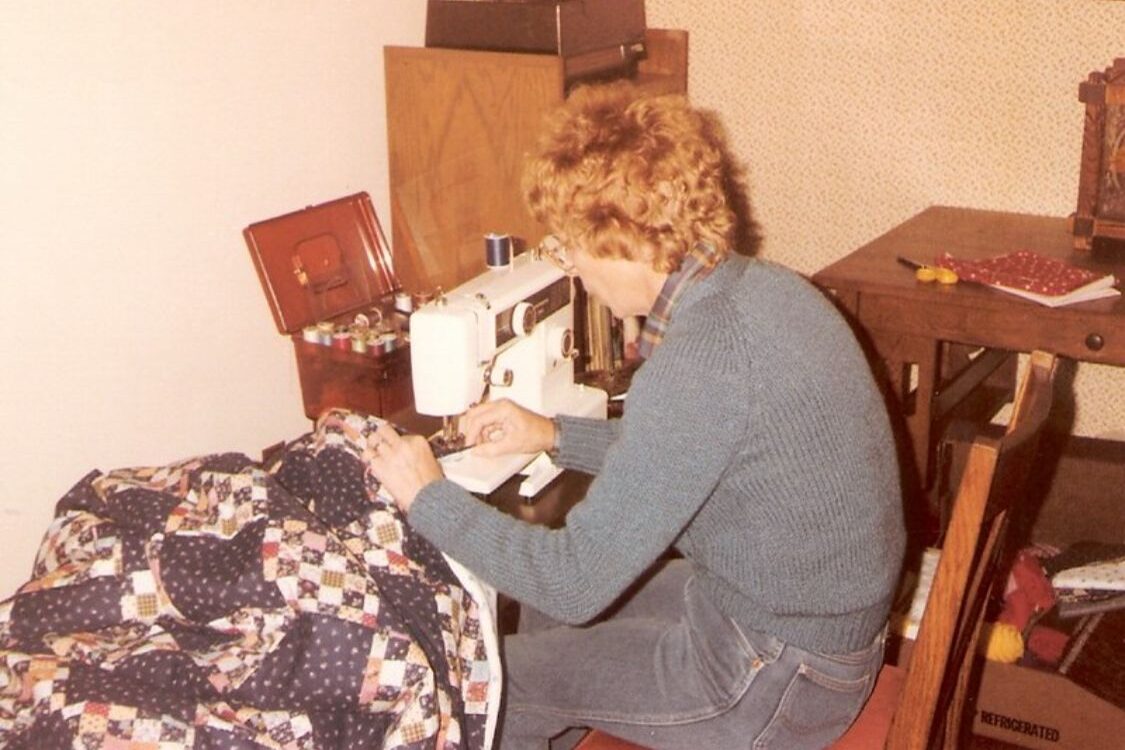
When clothes became too worn to wear, they weren’t just thrown away. Instead, they were repurposed into cleaning rags or sewn into quilts. This extended the life of textiles and reduced waste. Quilts made from old clothing often became family heirlooms, carrying stories and memories in every patch. This habit showed respect for materials and the effort behind making garments. It also encouraged creativity and sustainability long before those became popular buzzwords. Today, repurposing textiles is a smart way to reduce landfill waste and keep cherished memories alive.
17. Found Joy in What They Already Had

Our grandparents didn’t chase after the latest gadgets or trends. Instead, they found happiness in the things they already owned and the moments they shared. This habit of appreciation wasn’t a fleeting trend but a way of life. It meant valuing family dinners, simple pleasures, and the beauty in everyday routines. This mindset helped them live with contentment and gratitude, reducing the urge to constantly consume more. In today’s fast-paced world, where we often equate happiness with buying new things, their example reminds us that true joy comes from appreciating what we have. Also teaching us mindfulness and satisfaction that can enrich our lives and wallets alike.
These habits from the past teach us that stretching a dollar is about more than just saving money, it’s about respect, creativity, community, and gratitude. Embracing even a few of these simple practices can lead to healthier, happier, and more sustainable living today.
This story 17 Simple, Healthy Habits to Stretch a Dollar Like Grandma & Pa Did was first published on Daily FETCH


